
1932 Marmon HCM V-12 2-Door Sedan Prototype
{{lr.item.text}}
$429,000 USD | Sold
{{bidding.lot.reserveStatusFormatted}}
- A one-off CCCA Full Classic prototype
- The only Marmon V-12 ever built
- Formerly owned by Brooks Stevens and Ed and Judy Schoenthaler
- A 2001 Pebble Beach Concours d’Elegance Best in Class winner
- Documented in Automobile Quarterly, Vol. 43, No. 4
151 bhp, 368 cu. in. overhead-valve aluminum V-12 engine, three-speed manual transmission, sliding-pillar independent coil-spring front suspension, transverse leaf-spring independent rear suspension, and four-wheel mechanical drum brakes. Wheelbase: 134 in.
In an attempt to urge his company to survive the Great Depression, Howard Marmon took drastic action by conceiving a revolutionary new model.
The HCM, as it became known, was developed in collaboration with Fred Moscovics and George Freers, and it was to have a tubular backbone and four-wheel independent suspension, using transverse leaf springs in the front and rear. Two parallel front springs were connected to sliding pillars, which were anchored to outriggers from the narrow center chassis. At the rear, four springs, two forward and two aft, were mounted to the differential housing, which formed the center of the chassis. The outer ends of the springs supported the wheel hubs. Drive was by swing axles. The result was very low, un-sprung weight, but ride quality suffered, so the front springs were changed to coils mounted on the pillars above the steering knuckle.
The transmission was a three-speed unit mounted rigidly to the tubular backbone, through which the driveshaft ran. Behind the transmission was an epicyclic overdrive, in turn rigidly bolted to the differential housing. Problems with lubrication and the shift linkage caused this arrangement to be abandoned and replaced by a standard Marmon Sixteen transmission that had been mounted directly behind the engine.
Howard Marmon decided on a V-12 engine, as it was more powerful than an eight but much more economical than his flagship V-16. Engineering was expeditious and based on the V-16, retaining the V-16’s bore, stroke, 45-degree cylinder bank angle, and wet-liner aluminum construction. It developed 151 brake horsepower at 3,700 rpm, which was three-quarters of the V-16’s output from an engine three-quarters its size. Initial tests were conducted at the Indianapolis Motor Speedway in July 1932, where the car was driven by racing driver Wilbur Shaw, and here, the car accelerated from 10 to 50 mph in a then-remarkable 12.77 seconds, with a 113-mph maximum speed.
The HCM’s body was similarly radical. While creating the Marmon Sixteen, Howard Marmon had contracted its body design to Walter Dorwin Teague Associates in New York. Mr. Teague, however, did not like automobiles and did not even drive, so he assigned the Marmon project to his car-crazy son, Walter Dorwin Jr., who was then an M.I.T. student. The Marmon Sixteen design came together when Teague Jr., known as Dorwin, came home from Boston to work weekends.
After his experience with the Sixteen, Dorwin Teague built a model of “what a car really should look like,” as he described it. His influences were an evocative Renault ad in a French magazine and the enclosed fenders on Frank Lockhart’s 1928 Stutz Blackhawk speed record car. The 1/10-scale model, with its long hood, aft-mounted cabin, and truncated luggage compartment, was in the Teague design office when Howard Marmon came to discuss the project. Marmon was captivated, and once back in Indianapolis, he sent Teague a set of chassis drawings to get things started.
The HCM’s form was further refined, with the cabin moving slightly forward and the trunk becoming more of a bustle. In place of the model’s freestanding headlamps, a pair of stylish narrow Woodlites was integrated into the edge of the grille shell. Like the four-passenger coupe model, its doors were reversed, making them front opening.
The car was built in a special shop in a corner of Marmon’s plant and personally financed, at an estimated cost of $160,000, by Howard Marmon himself. Upon its completion in the fall of 1933, the company was in receivership. Howard Marmon and George Freers took it on a tour of the nation’s auto manufacturers to see if someone else could produce it. However, none of the Big Three, nor any of the independents, were interested. In the end, Marmon took the car home to his North Carolina estate and wrapped it in cellophane. There it remained until his death in 1943.
Prominent car collector and operatic tenor James Melton tried to buy the HCM, but Marmon’s widow would not sell it. Instead, she gave the car to Fred Moscovics, who was then working for A.O. Smith, a manufacturer of automobile frames and other industrial products in New York. Moscovics in turn traded it to Allan Floyd, of Milwaukee, who eventually gave it to industrial designer Brooks Stevens for his museum. Stevens painted the HCM dark blue but otherwise left it largely untouched, as well as unused.
The next owner, renowned collector Ed Schoenthaler, purchased the car from the Stevens museum in 1999, after Mr. Stevens’ death. He was initially interested in some other cars from the Stevens Collection, but he decided to purchase the HCM after researching its history, becoming, in his words, “the only one of five owners to pay for the car.” All previous transfers had been gifts or trades.
The HCM was entrusted to George Kovanda, of Chicago Restorations, who completely disassembled and rebuilt it, finishing it in the correct shade of light tan. The work was completed in 2001, and then, in 2014, it was reunited with its designer, Dorwin Teague, in an emotional moment at the Pebble Beach Concours d’Elegance, which was compounded by the car winning Best in Class.
The Marmon HCM is one of the most significant yet relatively unknown prototype cars ever built. This example has been extensively chronicled by the late Beverly Rae Kimes in Automotive Quarterly, and it represents a singular opportunity to acquire a car of exceptional historical importance.
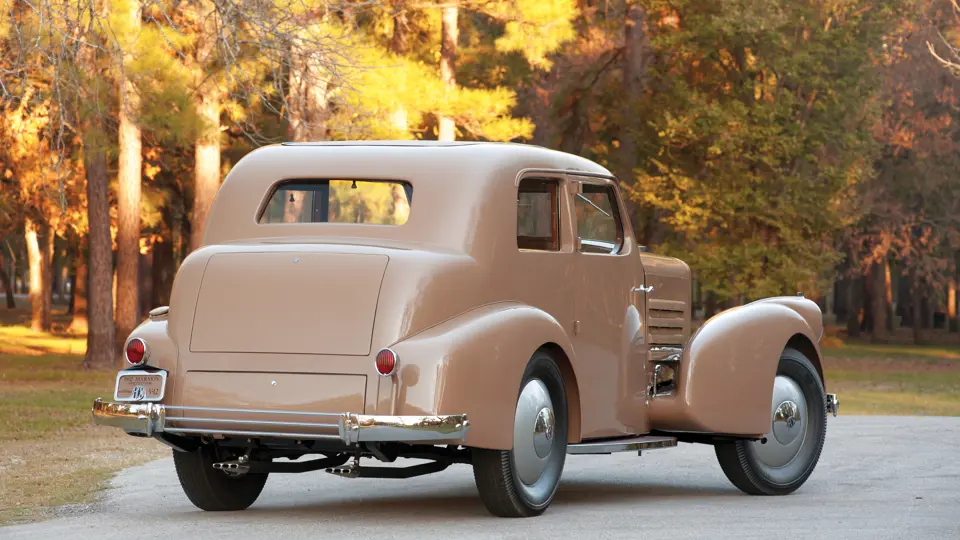



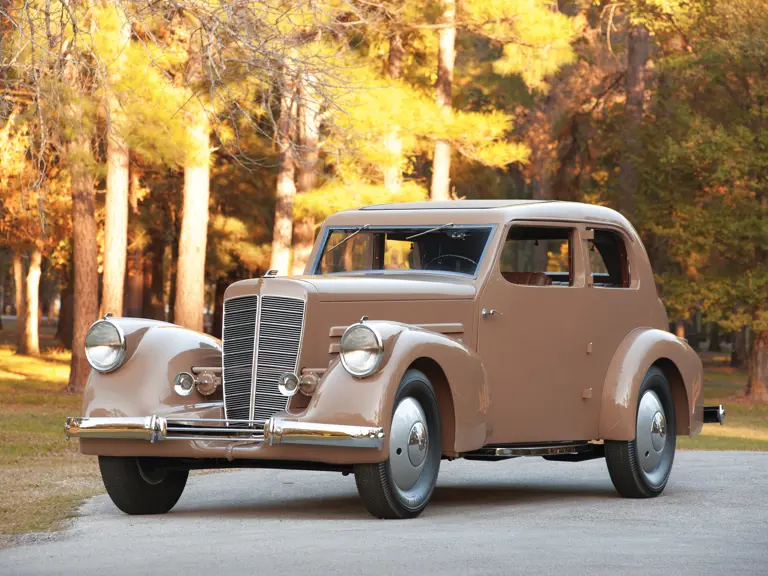
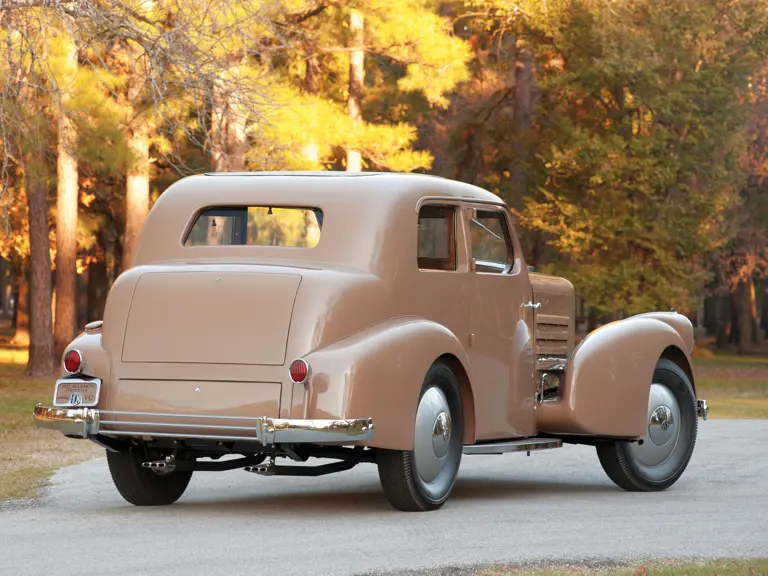
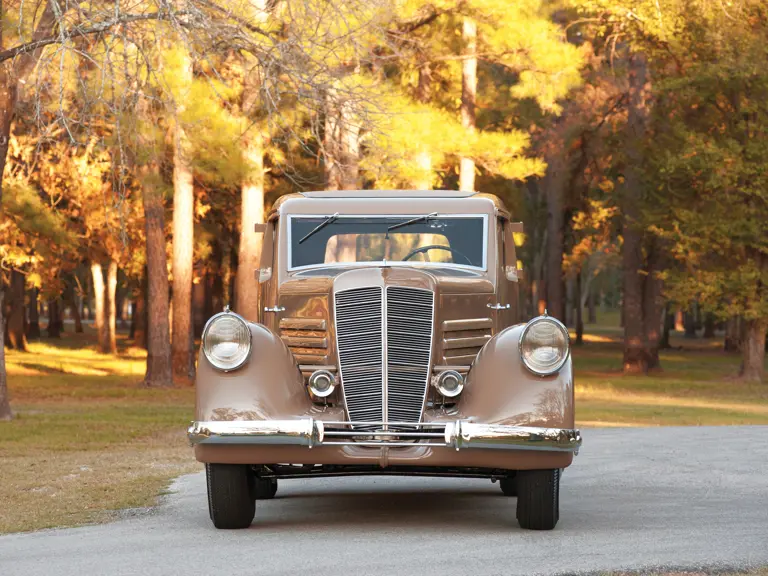
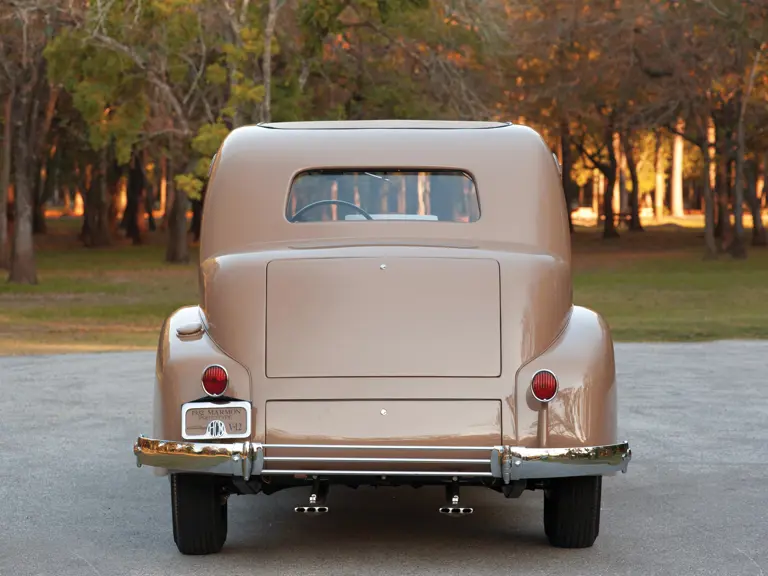
 | Amelia Island, Florida
| Amelia Island, Florida


